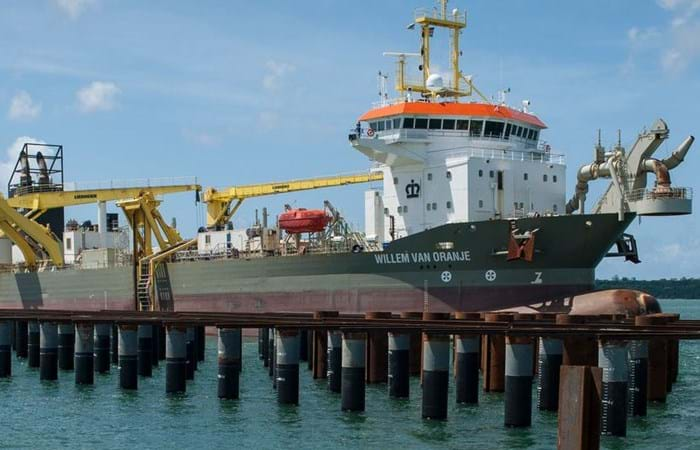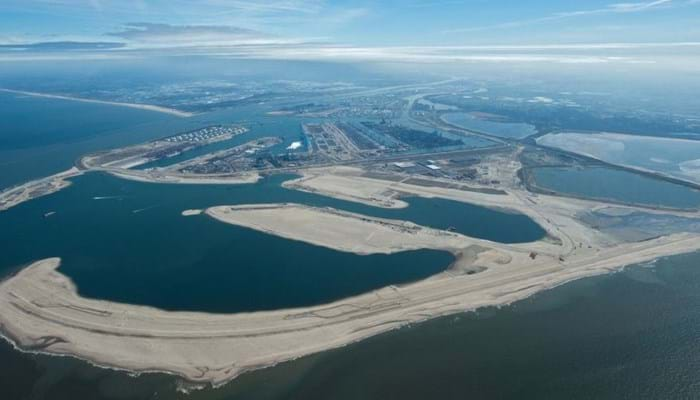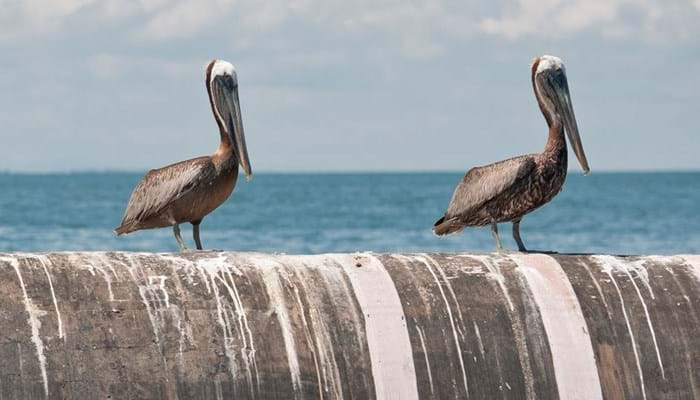Around 80% of world trade is carried by the international shipping industry. Seaborne trade is expected to continue to grow. At the same time container ships, bulk carriers, tankers and cruise vessels get larger. For these reasons ports have to increase their draft and handling capacity and improve efficiency.
Boskalis designs and develops new ports, or deepens, expands and maintains existing ports for governments and port operators around the world. We utilize our wealth of experience applying dredging and earthmoving expertise, at times combined with civil engineering. In addition, Boskalis also transports port-related equipment such as container cranes. We provide emergency response and salvage through SMIT and terminal services through Smit Lamnalco.




